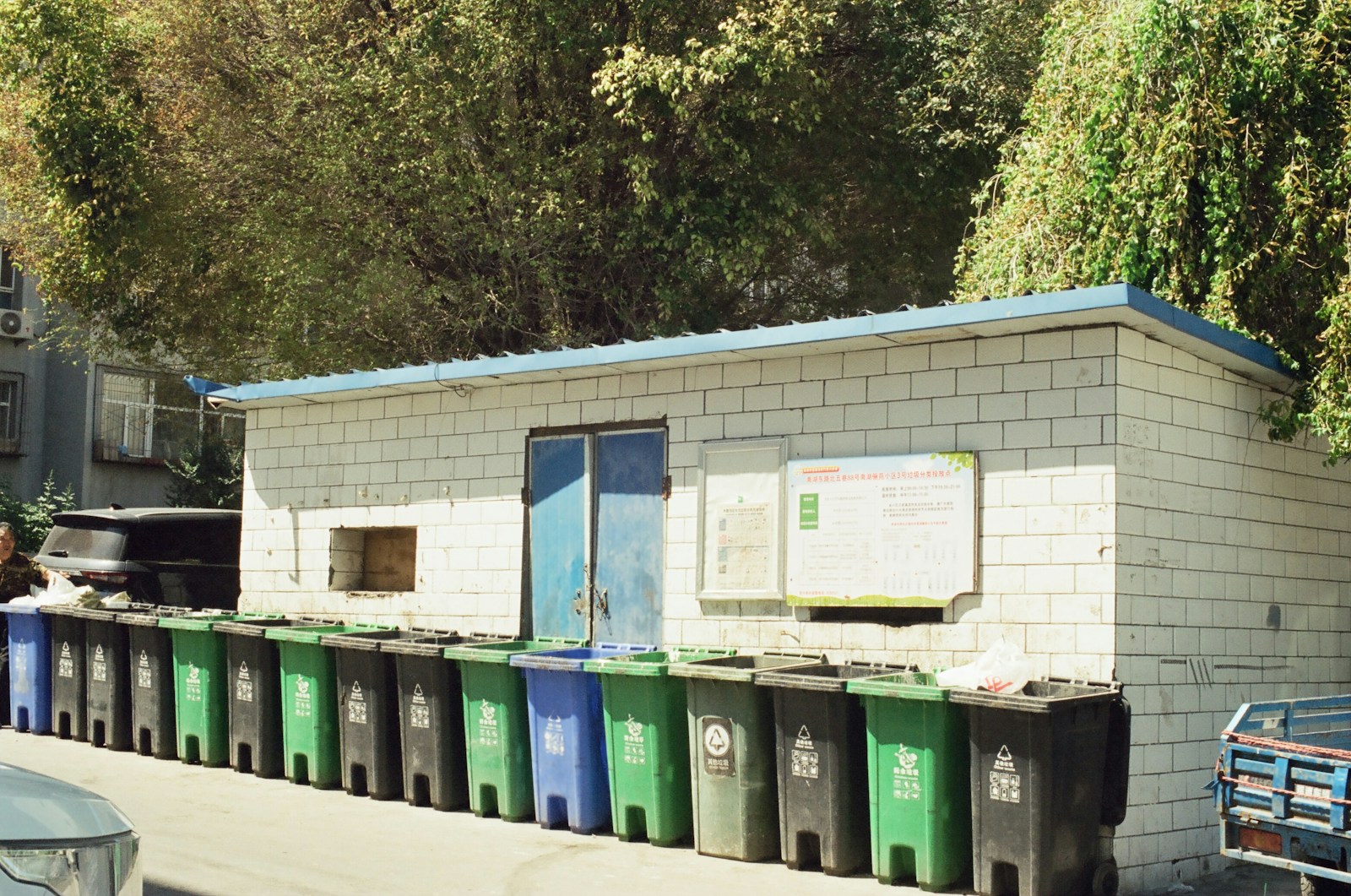
Sandy Transfer Station: How It Works, Why It Matters, and Its Role in Community Waste Management
Every community faces the same big question: what do we do with all our waste? In places like Sandy, Utah—and in cities across the United States—the answer often begins with a transfer station. These facilities are not final destinations for garbage. Instead, they are vital hubs in the journey of waste, recyclables, and yard debris.
Let’s take a closer look at what the Sandy Transfer Station is, how it operates, and why it plays such an important role in keeping communities clean and sustainable.
What Is a Transfer Station?
A transfer station is a facility where local garbage trucks drop off their loads of waste. Instead of driving all the way to a distant landfill, trucks unload at the transfer station. From there, the waste is sorted, compacted, and loaded into larger trucks or rail containers. These larger vehicles then transport the material to landfills, recycling centers, or composting sites.
In other words, transfer stations are middle points. They save time, fuel, and money while also providing a place for communities to manage waste responsibly.
Sandy Transfer Station: The Basics
The Sandy Transfer Station serves the city of Sandy, Utah, and surrounding areas in Salt Lake County. It is operated by the Trans-Jordan Cities Landfill Association, which is a cooperative effort between several cities to manage solid waste efficiently.
The facility accepts household garbage, yard waste, bulky items, and certain recyclables. Residents can use it when they have more trash than their weekly curbside bin can handle—things like old furniture, broken appliances, or large yard cleanups.
What You Can Bring
The Sandy Transfer Station is designed to handle a wide variety of waste. Common items accepted include:
- Household trash – Bagged garbage and everyday waste.
- Yard waste – Branches, grass clippings, leaves, and garden debris.
- Bulky waste – Mattresses, sofas, and large household items.
- Construction debris – Wood, drywall, and other remodeling leftovers.
- Certain recyclables – Scrap metal, cardboard, and some appliances.
Items like hazardous waste, paints, or chemicals are usually not accepted at transfer stations. These require special disposal programs.
How It Works
- Arrival and Weighing – Vehicles enter the station and are weighed. Fees are often based on weight.
- Unloading – Drivers are directed to a dumping area where they unload waste.
- Sorting – Some materials are separated for recycling or composting.
- Compacting – Trash is compacted to save space and reduce the number of trips needed.
- Transfer – Compacted waste is loaded into large trucks and hauled to the landfill or recycling facility.
This process allows hundreds of tons of waste to move quickly and efficiently every day.
Benefits for the Community
The Sandy Transfer Station is more than just a place to dump trash. It supports public health, environmental care, and economic efficiency in several ways:
- Convenience – Residents have a nearby location to drop off large loads.
- Efficiency – Consolidating waste reduces the number of small trucks driving to landfills.
- Environmental Impact – Sorting and recycling reduce the amount of material buried in landfills.
- Community Cleanliness – Proper disposal helps prevent illegal dumping in vacant lots or open lands.
Connection to Recycling and Sustainability
While much of the waste that arrives at the Sandy Transfer Station goes to landfills, the facility also plays a role in recycling and composting. Yard waste can often be diverted to composting sites. Scrap metals and cardboard may be collected for recycling.
This step is important. Landfills are filling up quickly, and recycling extends the life of landfill space while conserving natural resources. By using the transfer station responsibly, residents help move the community toward more sustainable practices.
Hours, Fees, and Access
Most transfer stations, including Sandy’s, are open during regular business hours on weekdays and partial hours on Saturdays. Fees depend on the type of material and weight of the load. Residents usually pay less than commercial haulers, and some cities even offer discounted days or free dumping events.
Checking the city or landfill association’s website before visiting ensures you know current rules, accepted items, and pricing.
Why Transfer Stations Matter for the Future
As cities grow, the challenge of waste management grows too. Transfer stations like Sandy’s will continue to be central in:
- Reducing the cost of waste disposal.
- Expanding recycling programs.
- Helping communities adapt to stricter environmental laws.
- Supporting cleaner neighborhoods and healthier families.
In the future, we may see transfer stations evolve into even bigger resource recovery hubs—where almost everything that comes in is reused, recycled, or converted into energy.
Closing Reflection: A Hub of Responsibility
The Sandy Transfer Station may look like a simple pit stop for garbage, but it’s much more than that. It is a hub of responsibility, connecting our daily lives with the larger system of waste management.
When we bring our trash there, we’re not just getting rid of something. We’re participating in a process that keeps our city clean, protects the environment, and prepares for a more sustainable future. In every bag unloaded and every truck that leaves, we can see the power of community working together to handle one of life’s biggest challenges: what to do with what we leave behind.
Every community faces the same big question: what do we do with all our waste? In places like Sandy, Utah—and in cities across the United States—the answer often begins with a transfer station. These facilities are not final destinations for garbage. Instead, they are vital hubs in the journey of waste, recyclables, and yard debris.…
Every community faces the same big question: what do we do with all our waste? In places like Sandy, Utah—and in cities across the United States—the answer often begins with a transfer station. These facilities are not final destinations for garbage. Instead, they are vital hubs in the journey of waste, recyclables, and yard debris.…